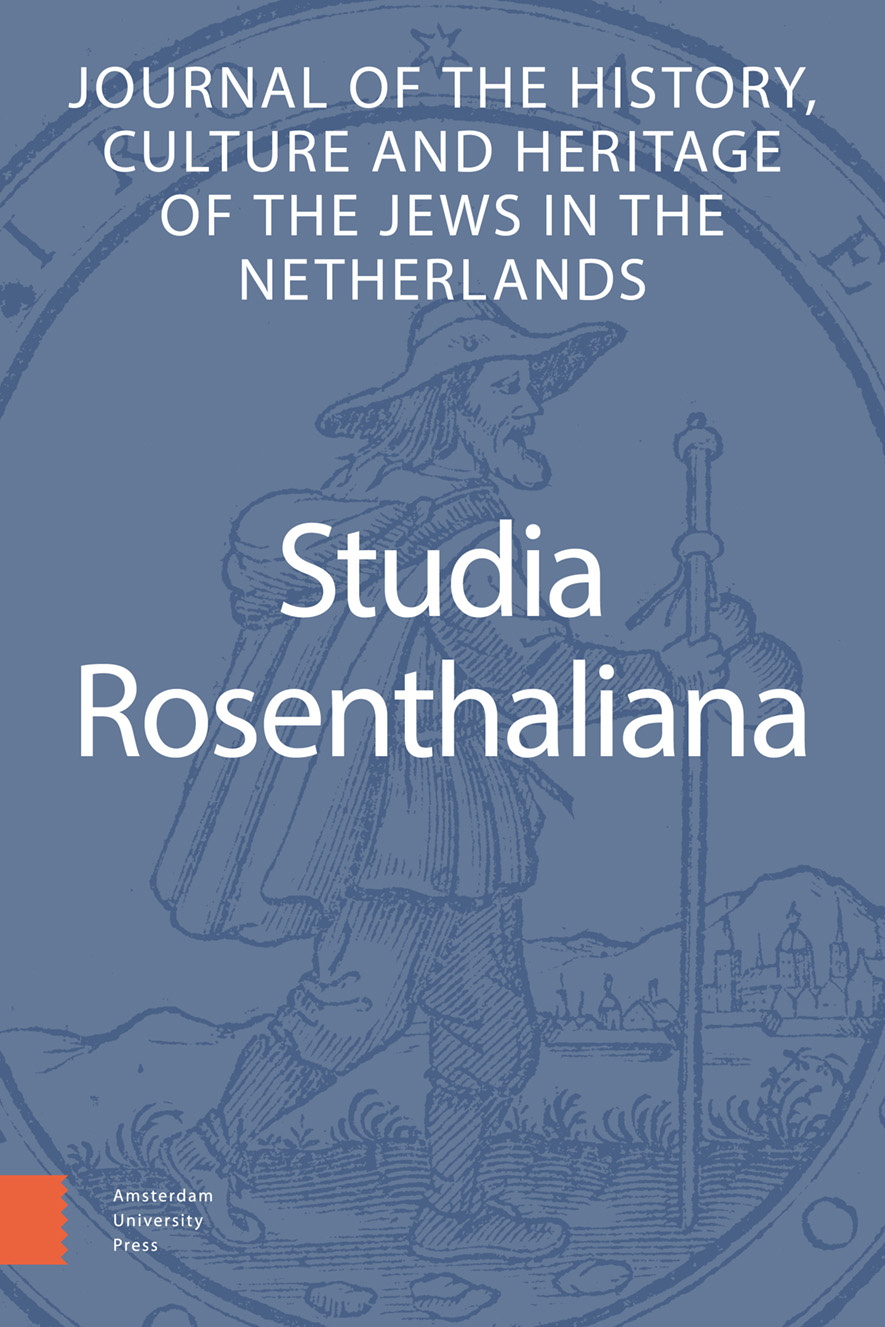-
oa Leopold Immanuel Jacob van Dort’s Scholarly Visit to Cochin
Forging Strategic Relationships between the Jews of Cochin and the Dutch East India Company through Cultural Exchanges
- Amsterdam University Press
- Source: Studia Rosenthaliana, Volume 50, Issue 2, Dec 2024, p. 120 - 138
-
- 01 Dec 2024
Abstract
The Dutch East India Company (VOC) played a significant role in commerce and economic innovation during the seventeenth and eighteenth centuries. Beyond its economic pursuits, the VOC facilitated substantial cultural exchanges, exemplified by those undertaken by Leopold Immanuel Jacob van Dort, a Hebrew professor. Van Dort’s activities included translating the Qur’ãn and the New Testament into Hebrew, printing Jewish prayer books for the Jews of Cochin, India, and led to the publication of the “Chronicles” of the Jews of Cochin in Europe. Van Dort’s role as a cultural mediator is further underscored by his extension of Ezekiel Rahabi’s network to Tobias Boas in The Hague, facilitating ongoing exchanges between Dutch and Cochin Jews. These initiatives aimed at fostering cultural understanding and strengthening diplomatic and strategic ties between the VOC, the Paradeśi Jews, and surrounding political forces, with the Jews serving as key intermediaries in these negotiations. His collaboration with Ezekiel Rahabi and support from the VOC facilitated these initiatives, illustrating a strategic alliance between the VOC and the Jews of Cochin that extended beyond mere economic transactions. This underscores the VOC’s impact beyond economic influence, highlighting its role in cultural, political, and religious exchanges.


